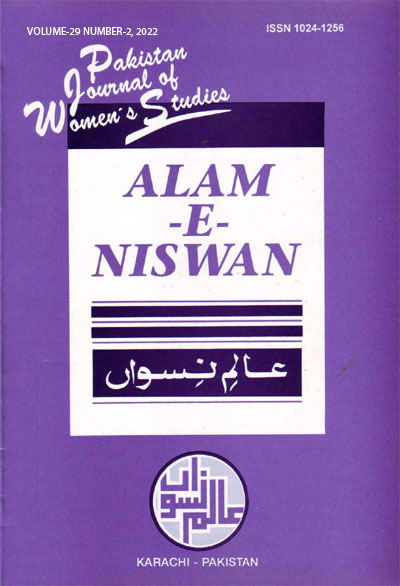ECONOMIC CONSEQUENCES OF COVID-19 ON WOMEN HOME-BASED WORKERS IN RURAL PAKISTAN: THE NARRATIVES OF SURVIVAL
DOI:
https://doi.org/10.46521/pjws.029.02.0129Keywords:
Covid-19, informal work, home-based workers, economic crisis, livelihood, SindhAbstract
Globally, a large number of people work in the informal economy under vulnerable conditions. This study examines the impact of the Covid-19 pandemic on women home-based workers (HBWs) in Sindh, Pakistan. A total of 45 women HBWs were interviewed to assess the effects of the pandemic on their livelihoods. The results show that both men and women in the family lost their work during the lockdown which created a severe economic crisis. Due to limited literacy and lack of training, women HBWs were unable to use online platforms for selling their products. Thus, many women remained without work for several months which affected their livelihoods. The study highlights the role of extended family and close kin ties during the economic crisis. Based on the findings, we suggest introducing a well-integrated social protection system and implementing Sindh Home-based Workers Act 2018 immediately so to ensure the welfare of workers, particularly during a catastrophe.
Published
How to Cite
Issue
Section
License
Copyright (c) 2022 Nadia Agha, Rahim Dad Rind, Tasleem Alam Abro

This work is licensed under a Creative Commons Attribution 4.0 International License.

















